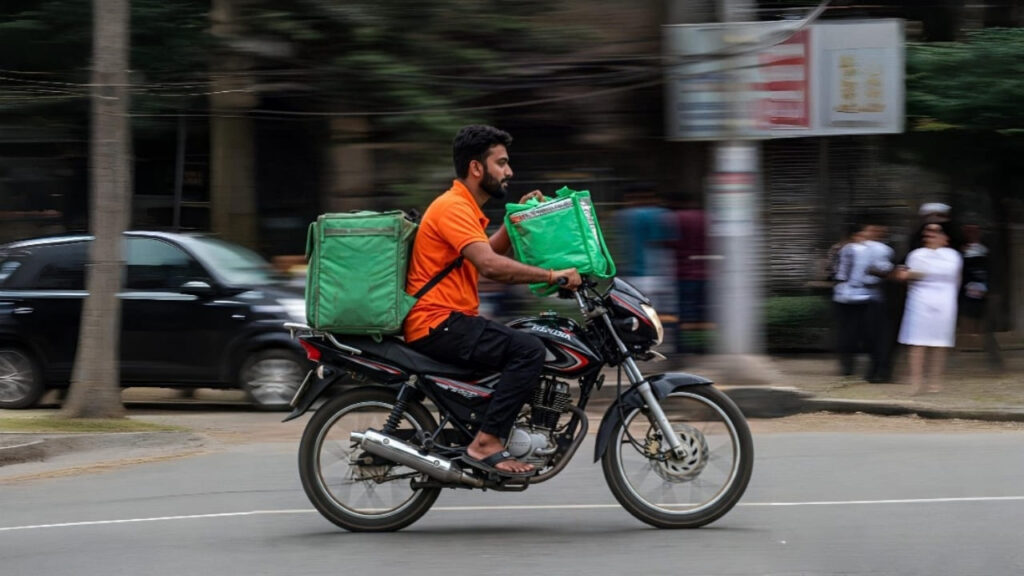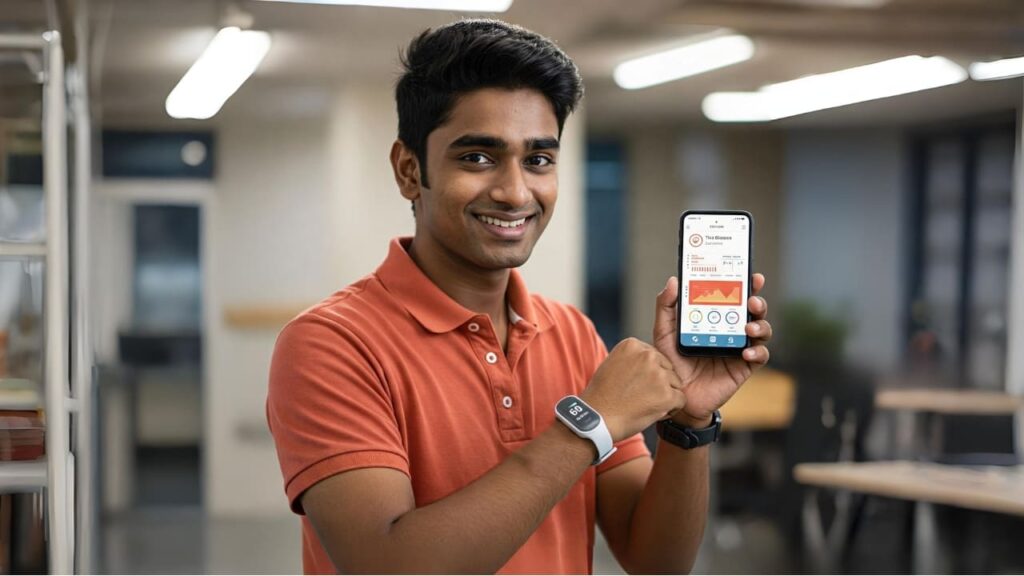Is Your Protein Shake Causing Hair Loss? The Whey-Thyroid Connection
Advertisement Home Is Your Protein Shake Causing Hair Loss? The Whey-Thyroid Connection By Sneha Arora Updated on May 19, 2025 IST 6:08 am Imagine this: You’ve just crushed your workout—sweat dripping, muscles begging for some TLC. You grab your protein shake, that post-gym ritual you swear by. But as you gulp it down, a wild thought hits you: Is this shake secretly sabotaging my hair? Yep, you read that right. Your gym obsession could be making you bald—switch proteins now! Before you chuck that shaker out the window, let’s dig into the science and see if your whey protein is plotting against your mane. In this blog, we’re unraveling the curious link between dairy-based protein powders, thyroid dysfunction, and hair loss (hello, alopecia). Plus, we’ll throw in some vegan protein swaps that might just save your strands and your gains. So, pull up a chair (and maybe a mirror), because we’re about to get to the root of this hairy situation! The Protein Powder Craze: India’s Fitness Frenzy Protein powders are the MVPs of the fitness game, aren’t they? Quick to whip up, easy to sip, and promising muscles that’d make even Bollywood heroes jealous. In India, where gym culture’s exploding faster than a Diwali firecracker, protein shakes are practically a lifestyle. From college kids in Bangalore to office-goers in Mumbai, everyone’s got a shaker in hand. But here’s the twist: not all proteins play nice. Whey protein, the king of the powder aisle, comes from dairy—and that’s where the trouble sneaks in. Whey’s loaded with amino acids, making it a muscle-building beast. But for some of us, it’s also a sneaky villain, especially when it messes with your thyroid and hair. Let’s break it down, step by step. The Whey-Thyroid-Hair Triangle: What’s the Deal? Your thyroid’s like the boss of your body—controlling metabolism, energy, and yep, hair growth. When it’s off its game, you’re in for a ride: think stubborn weight, zero energy, and a scalp that’s shedding faster than a monsoon downpour. So, where does whey fit into this drama? Let’s connect the dots: Dairy Drama: Whey comes from milk, and dairy’s a known troublemaker for thyroid issues, especially autoimmune ones like Hashimoto’s. Here, your immune system turns rogue, attacking your thyroid and leaving it sluggish (hypothyroidism). One major fallout? Hair loss. Hormone Chaos: Whey can spike insulin and throw your hormones into a tizzy, which might poke at existing thyroid problems. And those fancy flavored whey powders? Some are packed with sugars or artificial stuff that just adds fuel to the fire. Nutrient Gaps: Obsessed with shakes? You might be skimping on hair heroes like zinc, biotin, and iron. Miss these, and your hair might start packing its bags. Take Arjun, a 26-year-old gym buff from Pune. He was all about whey—two shakes a day, every day. But then his hair started thinning. “I blamed stress,” he says, “until my doctor pointed at my thyroid levels.” Ditching whey for a vegan option? “My hair’s fighting back now,” he chuckles. Alopecia 101: When Hair Loss Isn’t Just a Bad Hair Day Hair loss isn’t just about losing your selfie game—it can hit your confidence hard. Alopecia, the fancy term for hair loss, has a bunch of culprits: genetics, stress, dodgy diets, and—you guessed it—thyroid trouble. For Indians juggling exams, jobs, and family chaos, this thyroid-hair link often flies under the radar. Thyroid’s Tantrum: A lazy thyroid slows down hair follicles, pushing them into a “rest” mode. Result? Thinning hair or clumps in your shower drain. Protein Plot Twist: Here’s the irony—protein’s a must for hair growth, but the wrong kind (like whey) can backfire if you’re sensitive to dairy. Noticed your hairbrush looking like a crime scene lately? Your shake might be worth a second look. Why This Matters in India: Thyroid Troubles on the Rise Thyroid issues are creeping up in India, especially among women. The Indian Thyroid Society says 1 in 10 adults is dealing with some thyroid glitch, with hypothyroidism leading the pack. Now, mix that with our dairy obsession—lassi for breakfast, paneer for dinner, and whey shakes post-gym—and you’ve got a perfect storm. Meet Kavya, a 34-year-old from Hyderabad. She loved her whey shakes until her hair started falling out like Holi colors. “I thought it was just aging,” she admits. A thyroid test later, she swapped whey for plant-based protein. “My hair’s fuller, and I’m not napping all day,” she says with a grin. Vegan Vibes: Protein Swaps That Save Your Scalp If whey’s giving you the cold shoulder, don’t panic—vegan proteins are ready to step up. They’re dairy-free, thyroid-friendly, and still pack a punch for your muscles. Here’s the squad: Pea Protein: Sourced from yellow peas, it’s a complete protein with all the essential amino acids. Plus, it’s gentle on your tummy. Brown Rice Protein: Super hypoallergenic, it’s perfect if your system’s picky. Hemp Protein: Loaded with omega-3s and fibre, it’s a win for your hair and skin. Soy Protein: A veteran in the game—go organic to skip the GMO worries. Pro Tip: Mix ‘em with almond milk, toss in some mango or banana, and you’ve got a shake that’s tasty and thyroid-approved. Real Talk: Stories from the Hairline Frontline Let’s hear it from the trenches. Rohan, 22, Kolkata: “My hair was vanishing faster than my Wi-Fi signal. Pea protein turned it around—my scalp’s thanking me.” Neha, 29, Ahmedabad: “Whey bloated me up, and my hair was a mess. Switched to hemp—bye-bye bloat, hello thicker strands.” Proof that a small swap can make a big difference. Beyond the Blender: Hacks to Keep Your Hair Happy Switching proteins is a great move, but let’s double down with some hair-loving tricks: Nutrient Boost: Stock up on biotin (eggs, almonds), zinc (pumpkin seeds, chickpeas), and iron (spinach, rajma). Your hair thrives on this stuff. Chill Out: Stress pumps cortisol, a hair-loss trigger. Try yoga, a quick meditation sesh, or even a dance to your favorite Bollywood track. Scalp Love: Massage with coconut oil or




